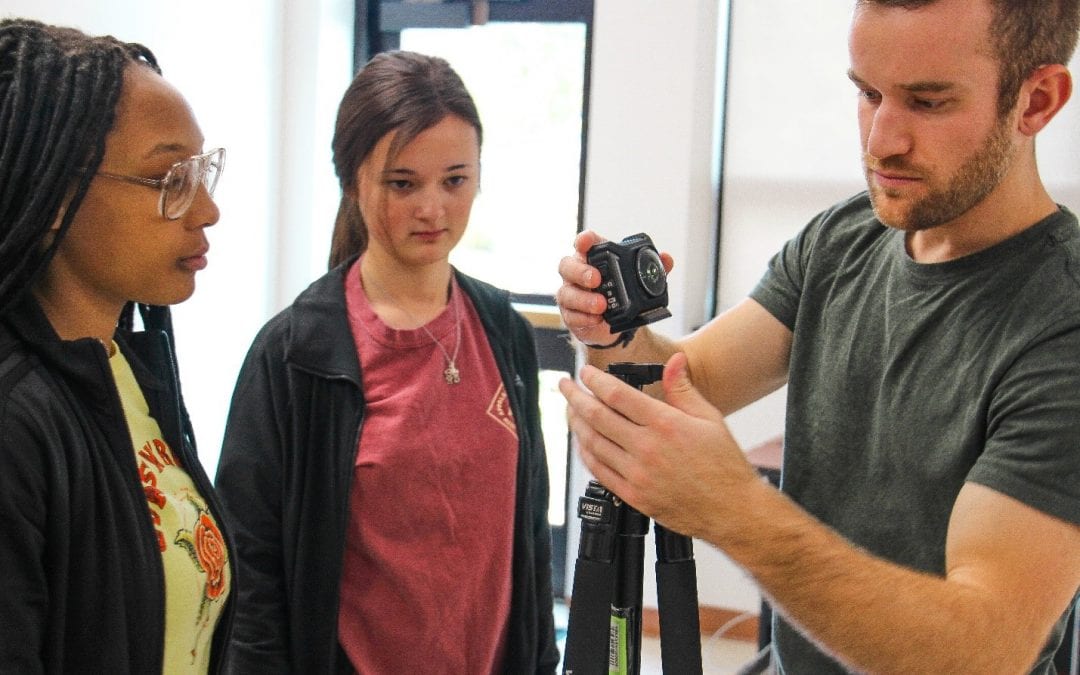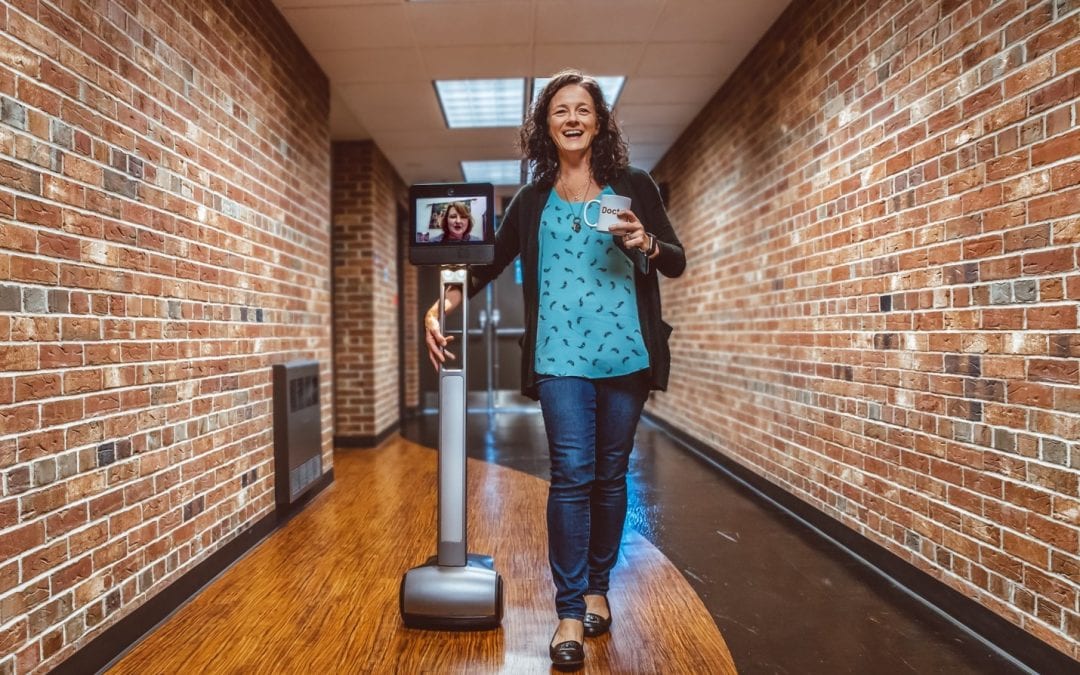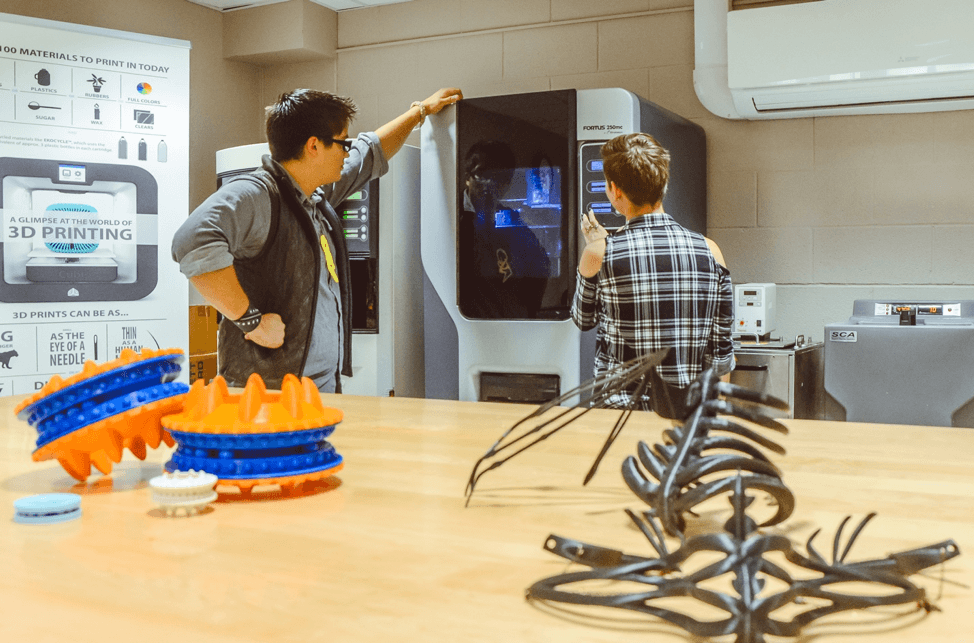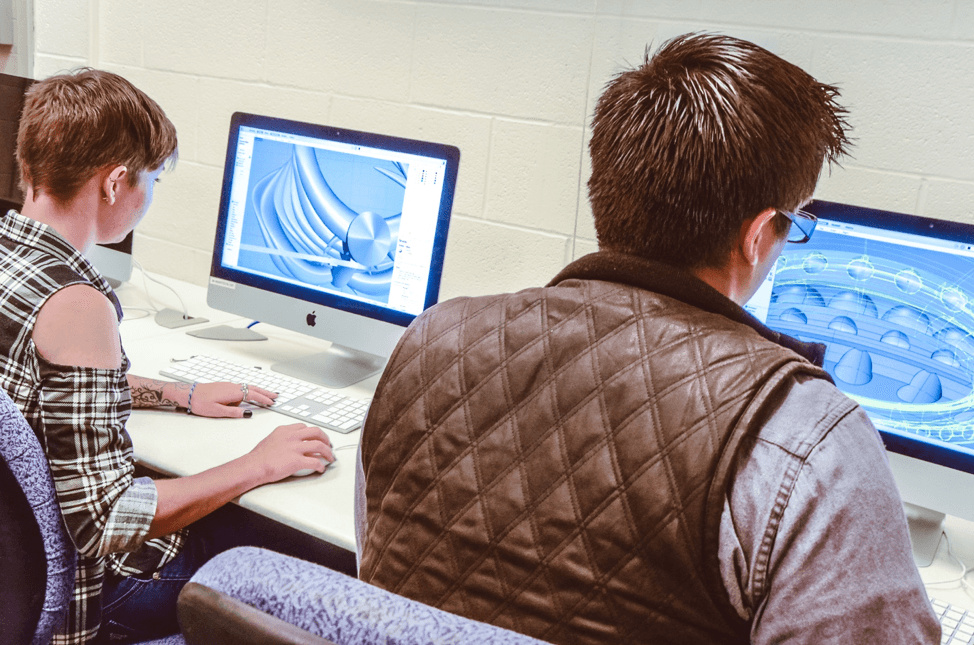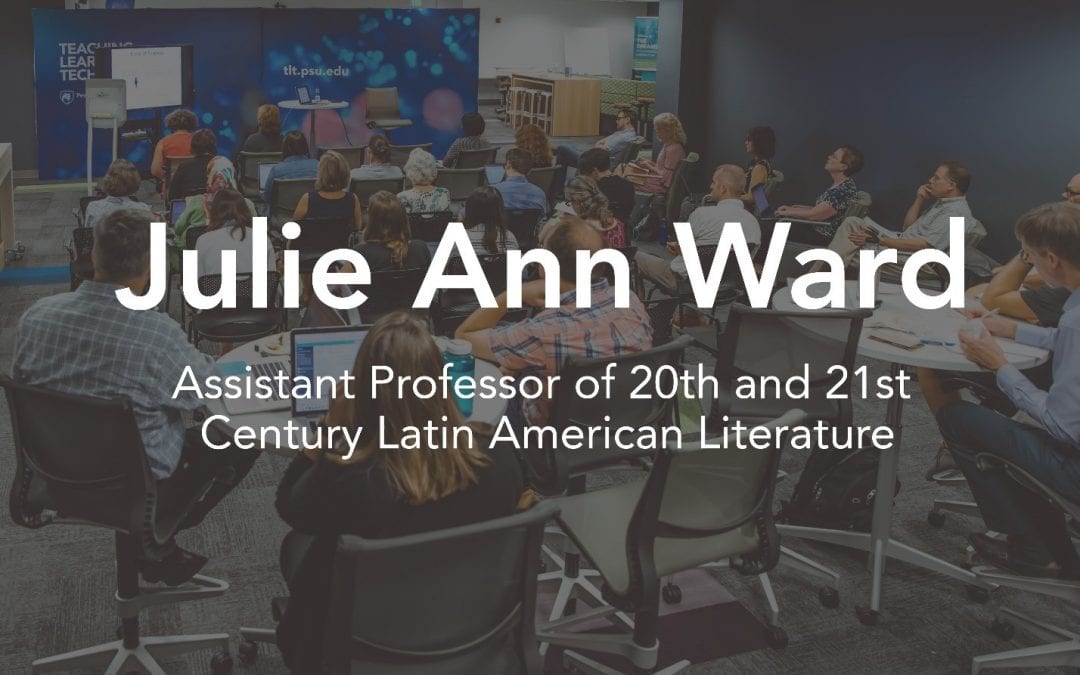
University of Oklahoma professor to give talk on open educational resources April 8
Over the past several years, there has been an increase in students requesting and using open educational resources (OER) to replace high-cost traditional course materials. A new trend is emerging where students are not only consuming OER, but also creating it. At Penn State, Teaching and Learning with Technology (TLT) offers resources to expand the OER initiative.
On Monday, April 8, from 11 a.m. to noon in The Dreamery, TLT will be hosting Julie Ann Ward, assistant professor of 20th and 21st Century Latin American Literature at the University of Oklahoma (OU). Ward will discuss her experience editing a student-created open educational resource, Antología abierta de literatura hispana. There will be a Q & A period, and the discussion will be available to access remotely via Zoom.
In fall 2016, with the help of the OU Libraries’ Alternative Textbook Grant, groups of four to five students in Ward’s Introduction to Hispanic Literature and Culture course selected ten texts from the fifteenth to the twentieth century to include in a critical edition. Ward wrote about the project in A Guide to Making Open Textbooks With Students, a recipient of the Open Education Consortium’s 2018 Open Education Award for Excellence. The book serves as a handbook for faculty interested in involving students in the creation of open textbooks.
To learn more about open educational resources, visit the Open Educational Library and the Open Pedagogy Notebook. If you are interested in learning more about how to get your students involved in the creation of OER, contact L-OER-AT-PENN-STATE@lists.psu.edu.
